The Gle masks and Picasso african influence .
Text: Manuela Tenreiro "PhD in History of Art at the School of Oriental and African Studies, I specialized in Arts and Cultures of the African Diaspora in 2008. Previously, I obtained a bachelor degree in visual arts and photography from San Francisco State University... "Read more Online Course AFRICAN ART Cover image: Les Demoiselles d’Avignon, Pablo Picasso, 1907 (Museum of Modern Art, New York)
Historical context
After the mid-19th century, a new generation of European artists rejected traditional and classic aesthetics, searching for more abstract forms of representation.
aesthetics, searching for more abstract forms of representation.
Social transformations and political revolutions, particularly in France were a prelude to a break with the past which art reflected from the early impressionists on.
Paris became the cultural capital, a beacon to artists from all over Europe and the American continent.
And as the capital of a colonizing power, Paris was also the symbol of French political power for the world.
A city of splendor where colonial loot was exhibited in museums, art galleries, private collections, art salons and scientific academies.
Exhibitions that would greatly influence modern art movements, particularly Fauvism and Cubism.
Around the same time, André Derain bought a mask from the Fang culture (Cameroons/Gabon) starting a collection of African art that inspired him to create a new artistic language.
André Derain, Dance
Picasso african influence
Among the many artists and friends of Derain who had access to his collection was a young Pablo Picasso.
His interest and curiosity for African art was also fed by his constant visits to the Trocadero where he found Kongo sculptures and west African masks.
Such as the Dan masks, called Gle, and conceived as incarnations of spiritual beings called for the benefit of the community.
Picasso african influence began with the fascination for these completely new works of African art for the Europeans.
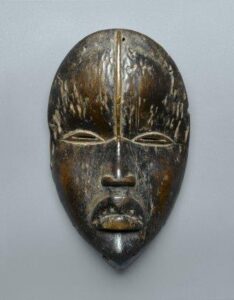
Gle mask, Dan culture, 19th century, Liberia
Just as collectors knew nothing of the contexts in which African art was created, so were Derain, Picasso, and other modernists ignorant of African cultures or the social function of the objects they so admired.
Their interest was purely formalist.
The cubism
Cubist artists defend pure, cerebral and conceptual art by reconstructing natural forms according to logic and geometry.
Cubists reject the simple copy or representation of the visual and sensory appearance of the object.
In fact, Cubism proposes a new representation based on the most recent discoveries.
In Physics (the theory of Relativity and the theory of the Fourth Dimension) and Philosophy (the sociological concept that the Human Being does not move only in the three dimensions of physical space , but also in Time).
Perhaps for this reason, Cubist paintings appear as a coordinated representation of static moments, captured on the same canvas.
African Art and Picasso african influence
African art offered the strategies of abstract representation they were looking for in order to create a new modernist visual language that broke with previous aesthetics.
For Pablo Picasso that language was Cubism.
The Picasso african influence on the face of Les Demoiselles d’Avignon is often pointed out as the greatest example of this African aesthetic force that fascinated Picasso.
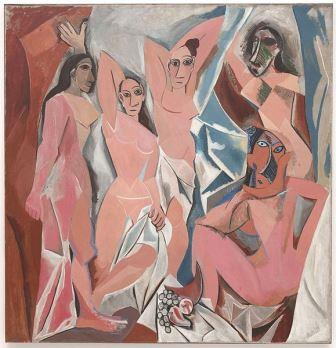
Les Demoiselles d’Avignon, Pablo Picasso, 1907 (Museum of Modern Art, New York)
Online course – African art
The history of art in Africa takes us back to the origins of humanity, the cradle of civilization.
The first signs of human cognition, of interacting with the material world and creating visual symbols that represent and interpret them.
During the course, you will learn about the history of African art , starting with rock art and those that are considered the first artistic manifestations of humanity until modern era and the influence of African art in European avant-garde artistic movements.
History of Art in Africa – an amazing gift
Learn about art history with the online courses by Citaliarestauro.com
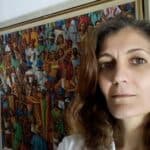
Manuela Tenreiro
PhD in History of Art at the School of Oriental and African Studies, I specialized in Arts and Cultures of the African Diaspora in 2008. Previously, I obtained a bachelor degree in visual arts and photography from San Francisco State University, while working as a docent at Diego Rivera’s Pan-American Unity mural (City College). Creator, editor and translator of the online publication conTRAmare.net while residing in Brazil between 2008 and 2017, I collaborated in various editorial and art education projects, as a writer, translator and researcher. In Rio de Janeiro, I attended Literary Translation courses and the Advanced Program of Contemporary Culture at the city’s Federal University. In 2017, I returned to my hometown, Lisbon, where I manage a private art studio with women artists and develop projects writing and translating art history projects.

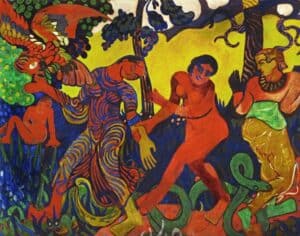
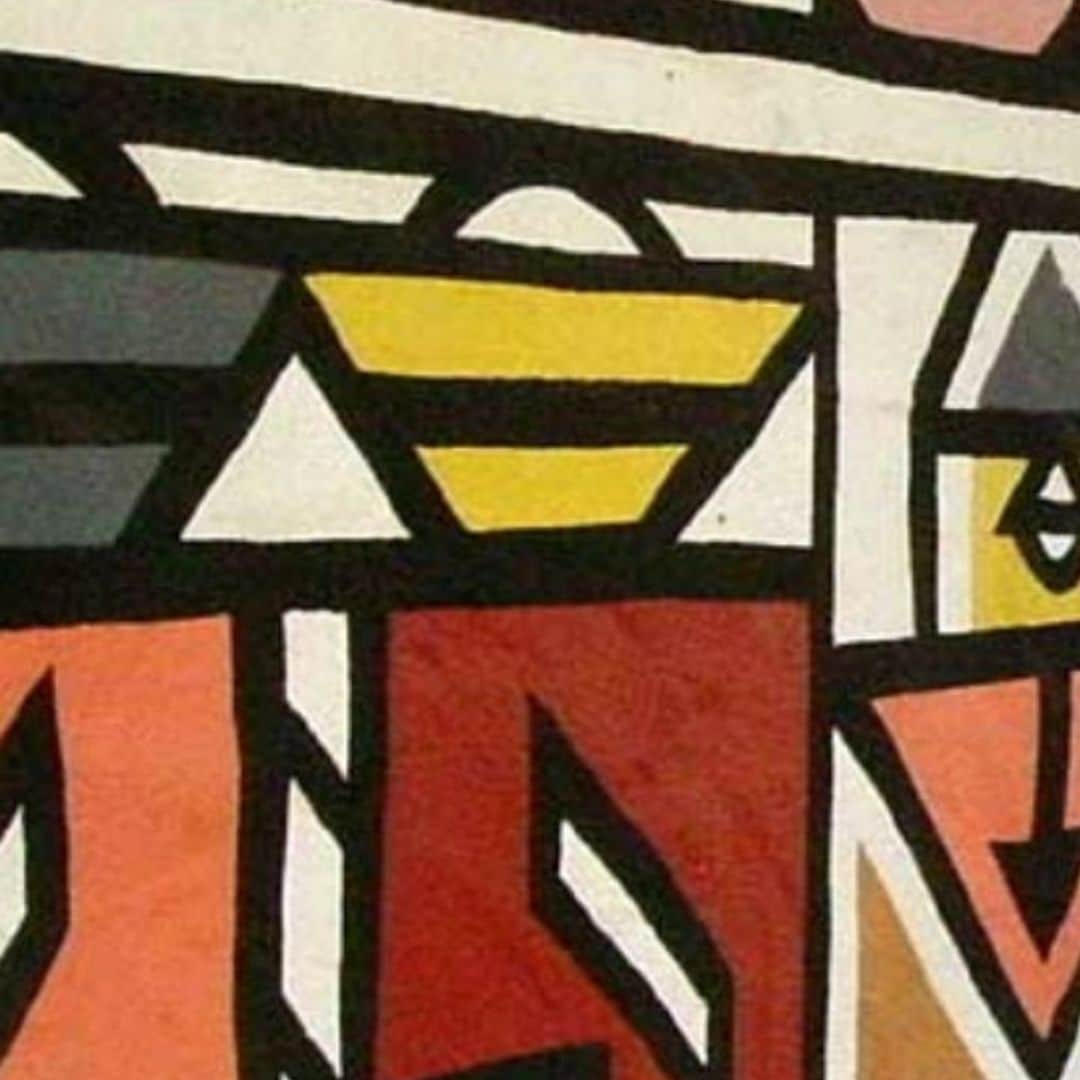
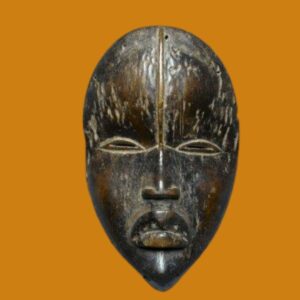
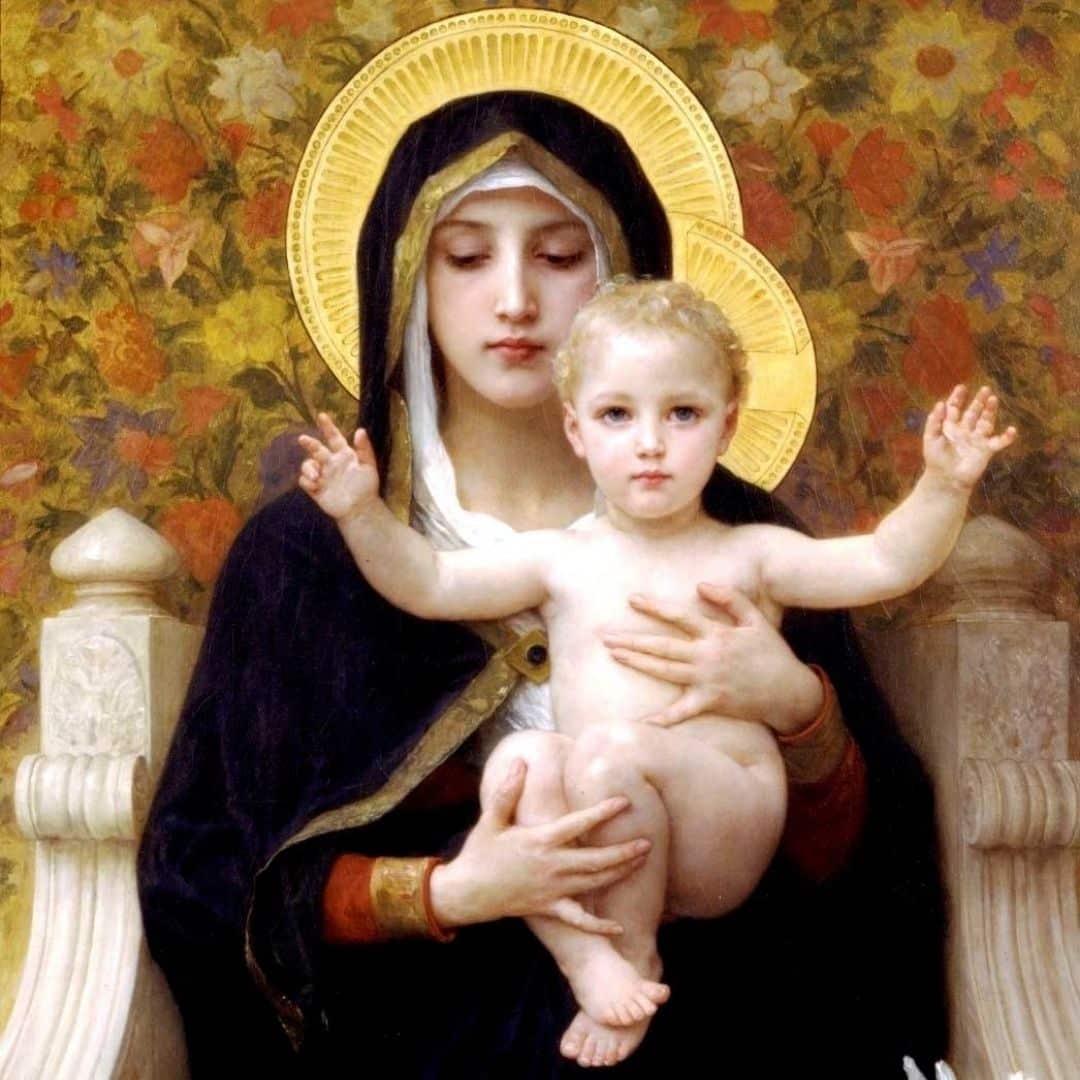
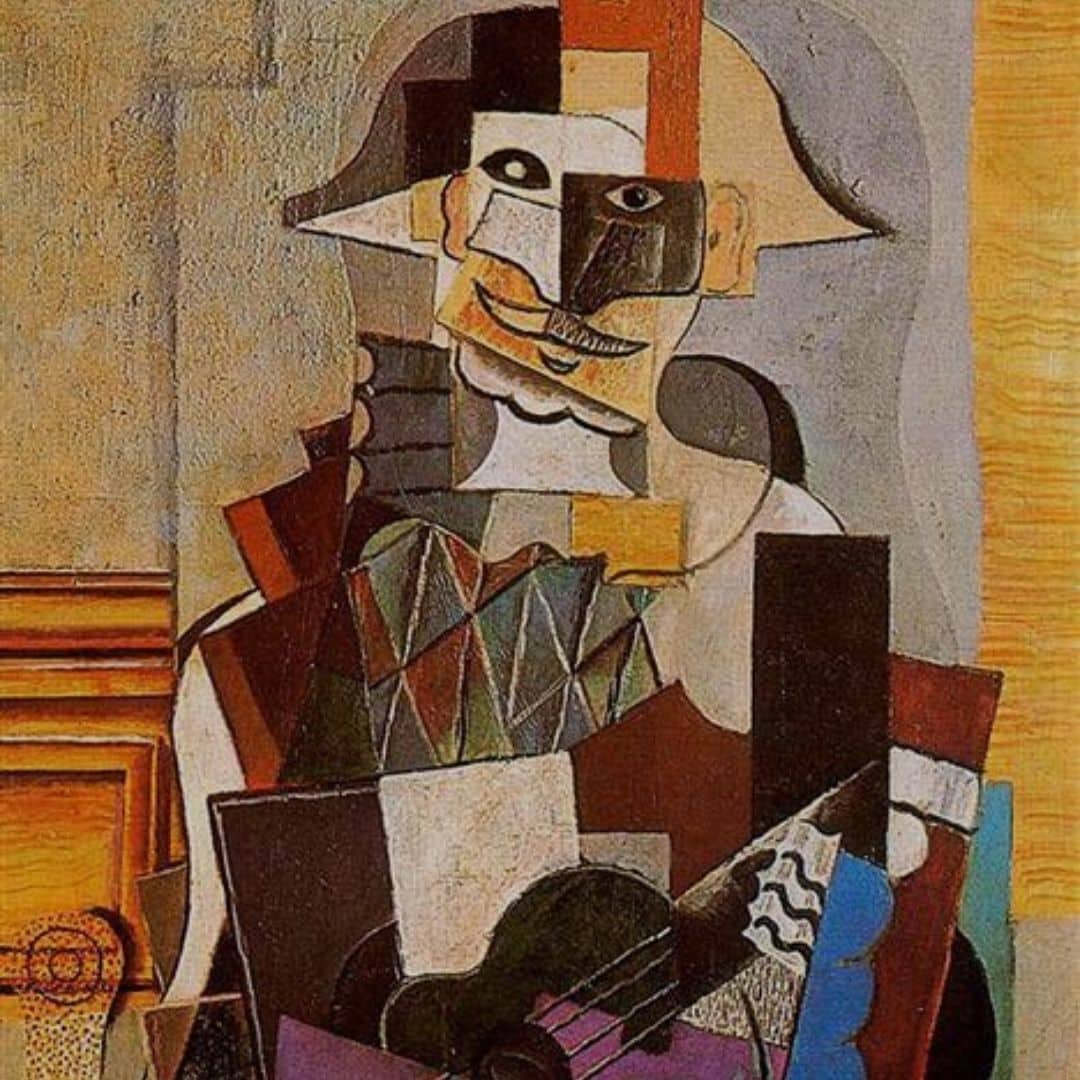
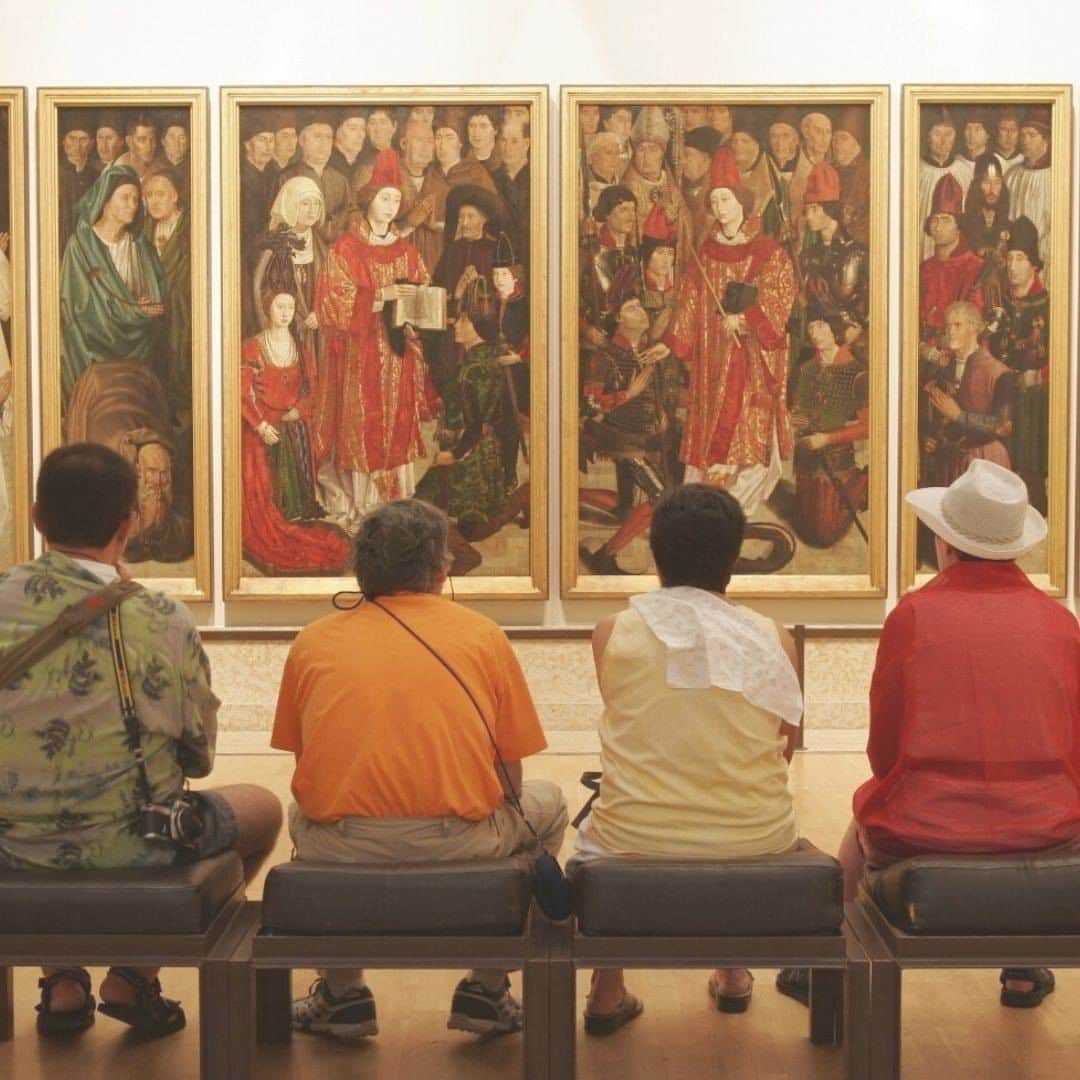
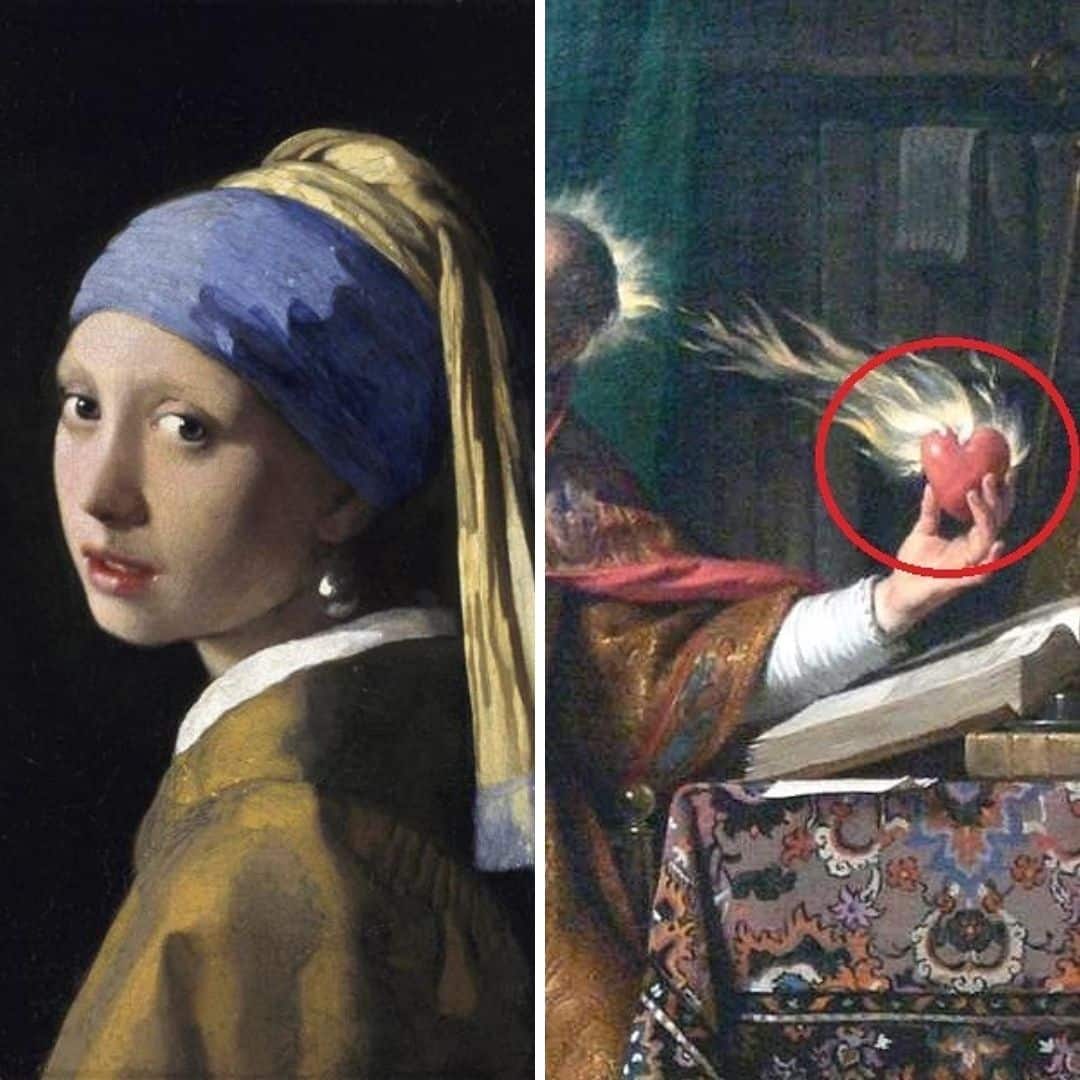

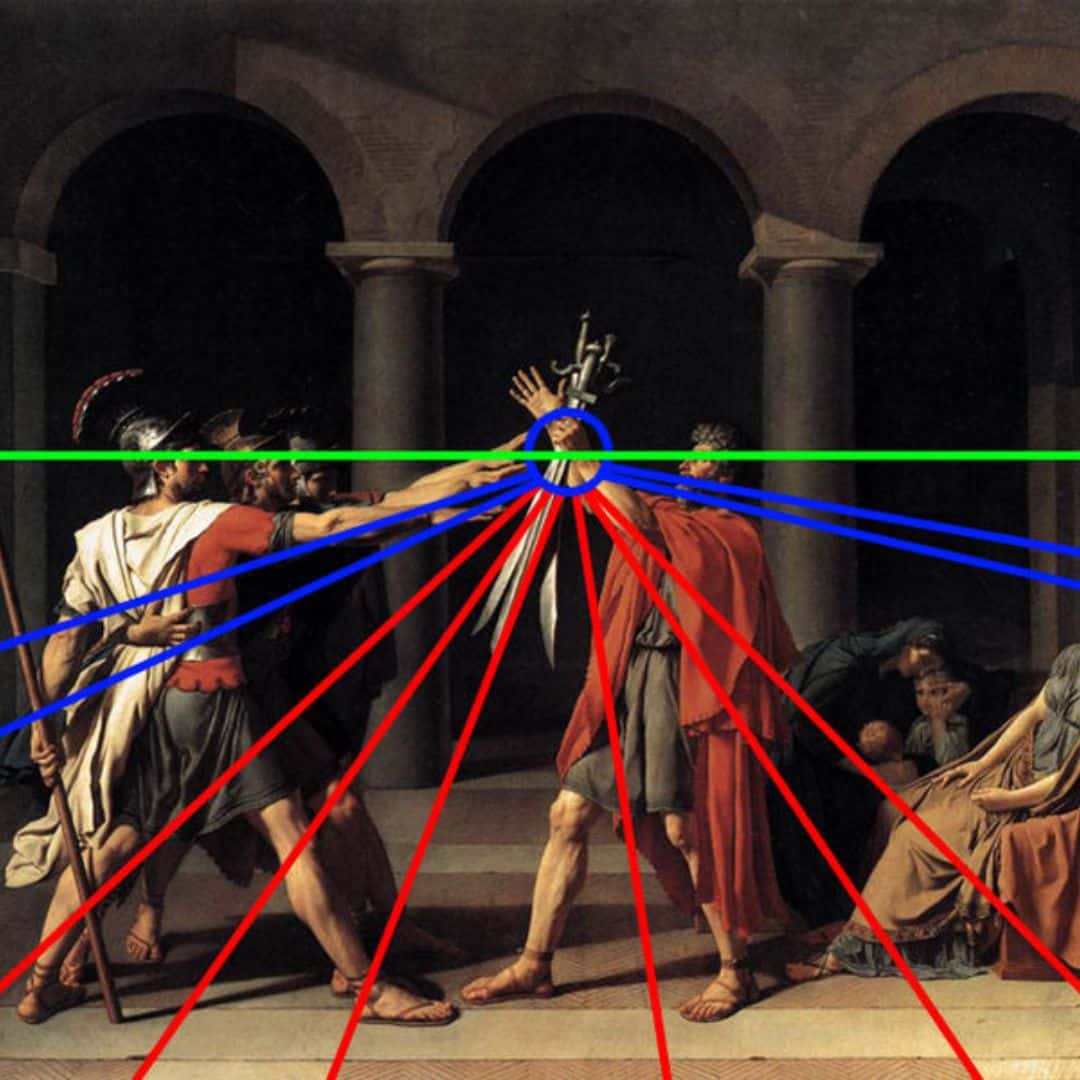

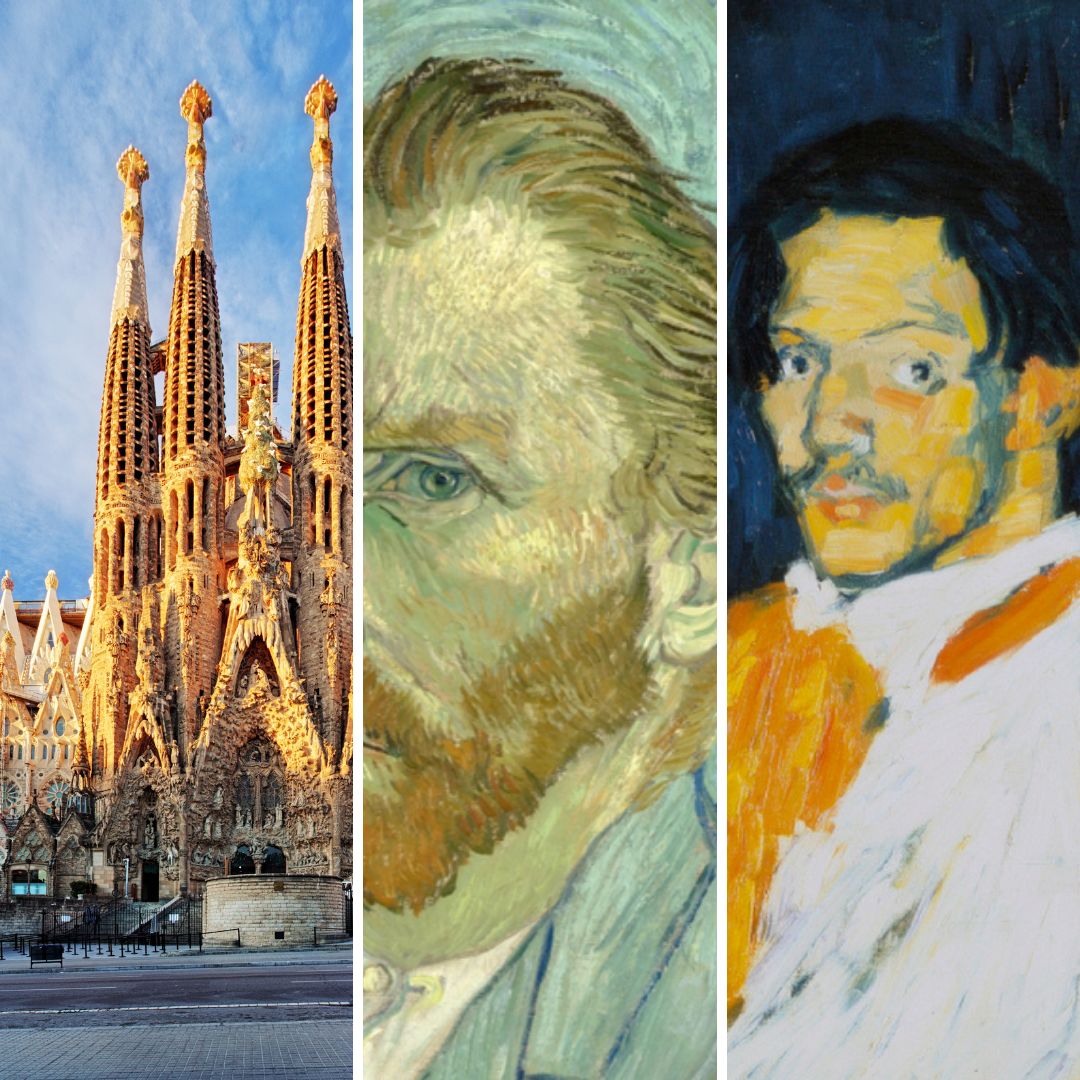
1 Comment.
Good post! We are linking to this particularly great post on our website. Keep up the great writing.